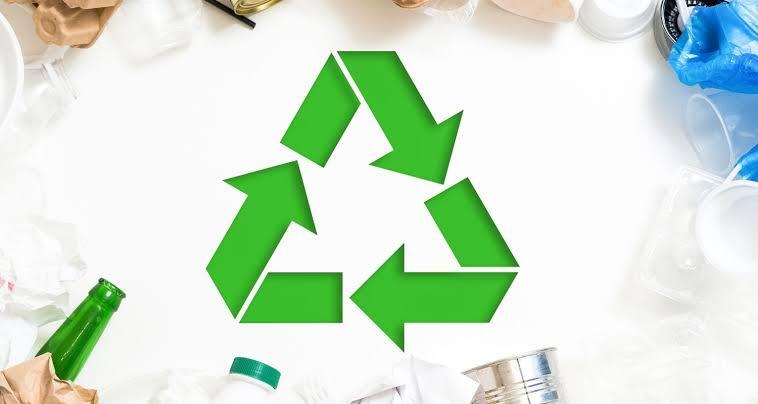Subtotal: $4398.00

Let’s face it—our planet’s resources are limited, and every industry must step up, including the translation and localization sector. While you may think of translation as a “paperless” industry, it still has its share of waste, whether it’s unnecessary files, excessive revisions, or energy-hogging processes. Today, let’s dive into how sustainable translation practices can help reduce waste in the localization process, and why it’s more important than ever for translation agencies, localization teams, and freelance translators alike.
The Hidden Waste in Translation
You might wonder, How can translating text contribute to waste? Well, think about the multiple drafts flying back and forth, the outdated software clogging up digital workflows, and the sheer amount of duplicated efforts across teams. It all adds up—unoptimized translation processes can drain time, energy, and resources. This is where sustainable practices come in to make a difference

Key Steps Towards Greener Translation Workflows
First off, translation memory (TM) and terminology management tools are a game changer. By reusing content, translators avoid reinventing the wheel for each project, cutting down unnecessary work. Next, cloud-based CAT tools and project management systems reduce the need for countless versions of files stored across multiple devices.
Moreover, centralizing communication can limit back-and-forth emails, which not only saves time but also reduces digital clutter. Collaborative platforms like memoQ, Smartling, or Memsource can streamline communication and ensure everyone stays on the same page—literally.
Why Should You Care?
Sustainable translation isn’t just good for the planet; it’s good for your business. When you reduce waste in the localization process, you boost efficiency, save costs, and improve turnaround times. Plus, clients are increasingly looking for eco-conscious partners—being a green translation service provider could give you a competitive edge.

Final Thoughts
As the localization industry grows, we have a responsibility to embrace environmentally friendly translation practices. By reducing digital waste, reusing content, and optimizing workflows, we can all do our part for a greener future.
Ready to go green in your translation projects? Let’s make sustainability the new standard.
FAQs
1. How can translation memory help reduce waste?
It helps by reusing existing content, saving time, and preventing repetitive work.
2. What tools can help make translation more sustainable?
Cloud-based CAT tools, translation management systems, and collaborative platforms are great choices.
3. How does sustainability benefit translation companies?
It boosts efficiency, lowers costs, and appeals to eco-conscious clients.
4. Can freelancers adopt green translation practices?
Absolutely! By using cloud tools and managing files effectively, freelancers can reduce their carbon footprint.
5. What are the first steps to becoming a sustainable translator?
Start by using translation memory, minimizing file storage, and opting for cloud-based solutions.